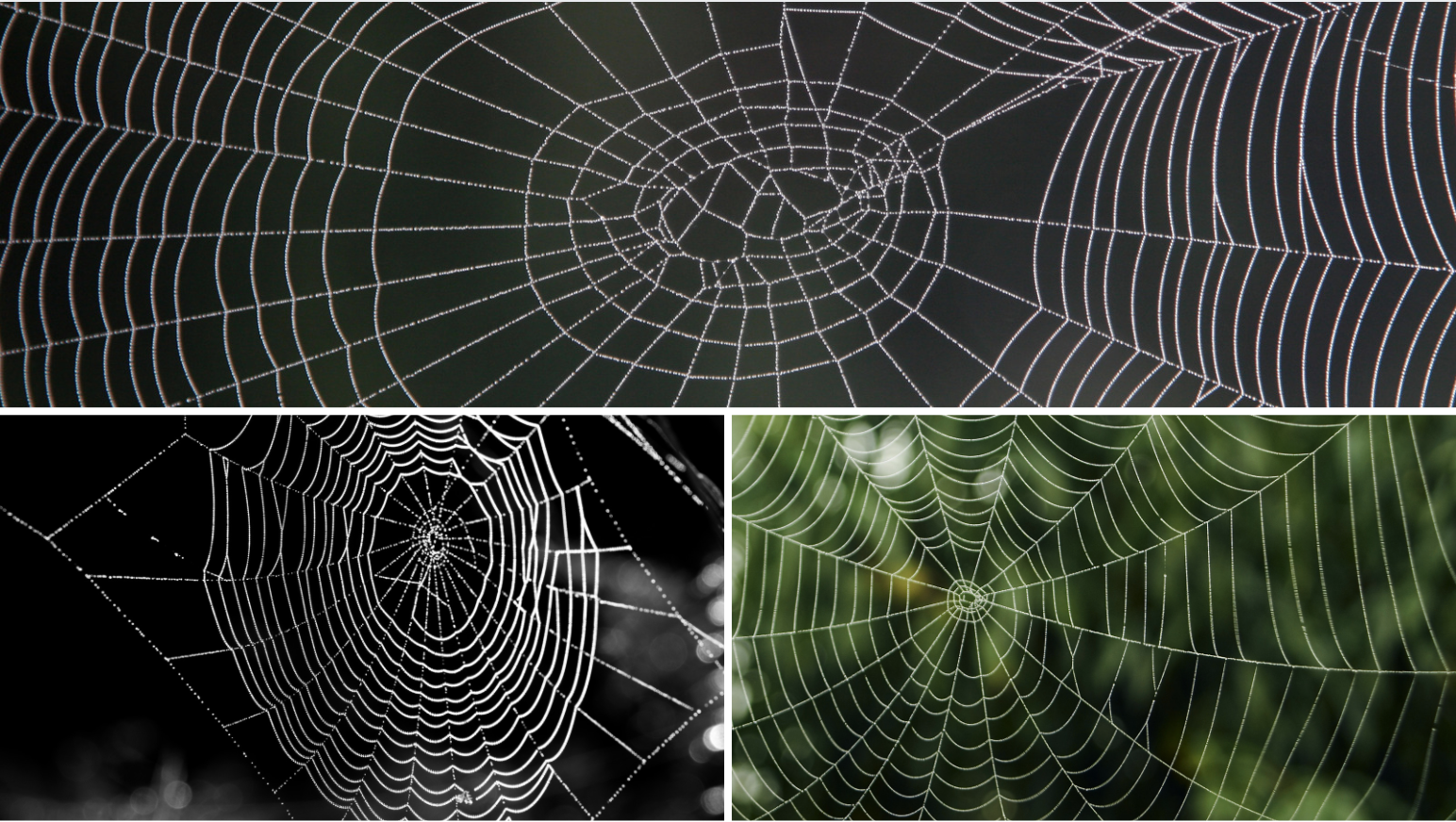Spiders & Webs
Did you know, a spider web is a silk structure created by spiders to trap prey? While spiders weave many types of silk structures, only half of all known spider species make spider webs! Spider webs are important because it enables spiders to eat.
When spiders build their webs, three important features distinguish successful and unsuccessful webs:
Strong— Spider webs have to be strong enough to hold trapped bugs that fight to get free. To ensure strong webs, they use specific shapes.
Sticky— To make their webs, spiders produce spiral silk that is covered in tiny liquid droplets similar to glue. These droplets are viscous, elastic, and water-repellant, making them ideal material to trap insects.
Durable— Spider webs also serve as a spider’s home. It must be able to endure hot and cold temperatures, rain and snow, as well as human interference.
In this activity, students will explore the process of habitat engineering through spider web design!
Learning Objectives/Opportunities
Build basic knowledge of spiders, web design, and animal engineers
Science process skills: engineering design cycle
Motor skills: gross and fine motor development
Let’s Begin!
Materials:
Paper plate
Scissors
2-3 feet of yarn
Activity Instructions
Make notches in the paper plate around the edges using the scissors
Cut a 2-3 foot long piece of yarn.
Make a knot at one end of the string
Insert the end with the knot into a notch on the paper plate
Select a non-adjacent notch, and slide the yarn through the notch
Continue to thread the yarn through the notches on the paper plate until satisfied with web design
While completing this activity, consider these questions:
What materials are you using to build your web? How are these materials similar to and different from the materials that spiders use?
What tools are you using to build these habitats? How do spiders build their habitats?
What shapes and patterns do you see in spider webs? Why do you think these patterns occur? Do these shapes and patterns appear in your web?



